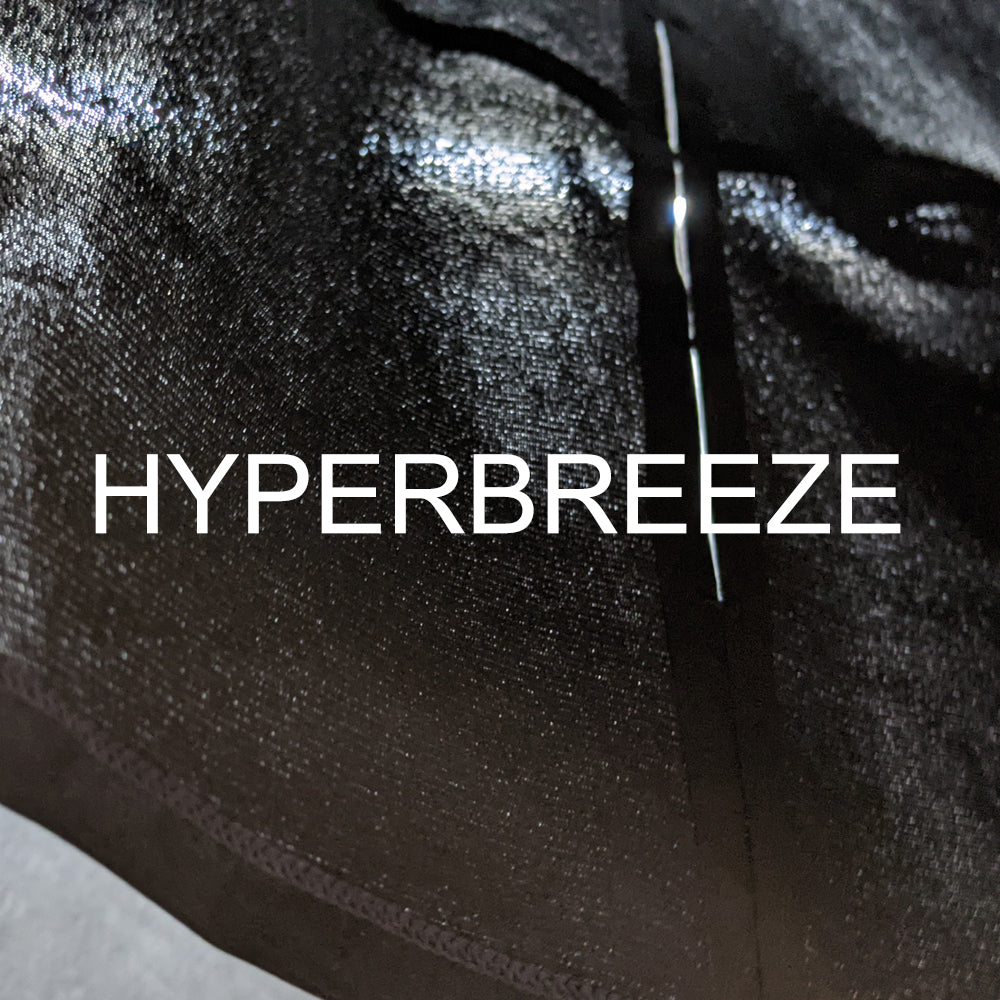mountaineering fitness training

Why is it always so hard to go uphill?
Why do my legs shake like hell when I go downhill?
Here are some pre-climbing physical training for you, so that you can climb more easily!
1. Cardiopulmonary training methods recommended by the American College of Sports Medicine (ACSM):
👉First calculate the exercise intensity required by the individual:
The heart rate reserve (HRR) calculation method of Karvonen can be used to calculate the target heart rate (that is, the intensity of exercise needs to reach this heart rate), the formula is as follows:
👉Target heart rate = (maximum heart rate - resting heart rate) x (exercise intensity) + resting heart rate
Target heart rate=[(HRmax – HRrest) × desired intensity] + HRrest
👉Maximum heart rate HRmax: According to Tanaka's formula, the calculation method of maximum heart rate is: 208 – (0.7 × age)
Resting Heart Rate: Continuous pulse measurement for 60 seconds before getting out of bed in the morning
Exercise intensity: about 60~70% (the percentage of HRR almost coincides with the maximum oxygen uptake)
👉For example, the editor is 30 years old, and his resting heart rate is 60 per minute
Maximum heart rate HRmax = 208- (0.7x 30)=187
Target heart rate = [(187-60)x0.6~0.7]+60
=136~149/minute
Exercise at this intensity (the type of exercise can be jogging, swimming, mountaineering and other general exercise), 3-4 days a week, 30-60 minutes a day, for five to six months. This kind of training intensity can increase the maximum oxygen uptake by 10-20%, that is, it can gain physical strength ten to twenty years younger!
If it is inconvenient to monitor the heartbeat, you can also use the method of conscious intensity to choose "a little strenuous" or "struggling" exercise intensity for training.
 2. Interval brisk walks
2. Interval brisk walks
👉It can increase the maximum oxygen uptake and muscle strength at the same time
👉 Also suitable for middle-aged and elderly people
👉Alternate every three minutes with fast steps above 70% of maximum oxygen uptake and slow steps below 40%
👉> 30 minutes a day, > four days a week, for five consecutive months
👉If you train in the above way, you can increase the strength of the knee extension muscle by 13%, the strength of the knee flexion muscle by 17%, and the maximum oxygen uptake by 10% (The Complete Book of Mountaineering Physical Training, pg106)
The second method is the experimental content mentioned in "The Complete Book of Mountaineering Physical Training". The middle-aged and elderly people are divided into a control group, a normal walking group and an intermittent brisk walking group, and the above-mentioned intermittent brisk walking training lasts for five months.
The ordinary walking group performed 10,000 steps per day and had almost the same results as the control group, with no increase in physical strength.
The above two methods are provided for the reference of partners who want to prepare for mountaineering~
References:
Neng Shi Bo (2016). The Complete Book of Mountaineering Physical Training. Taichung City: Morning Star.
[Experience] How much do you know about maximal oxygen uptake? Runsense 850 makes progress visible
Published on 2022/03/22 by Fatty Ali




